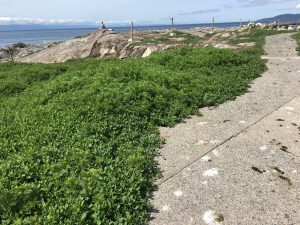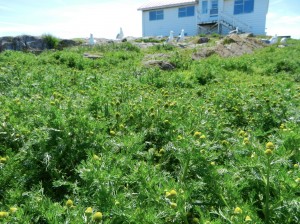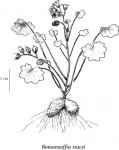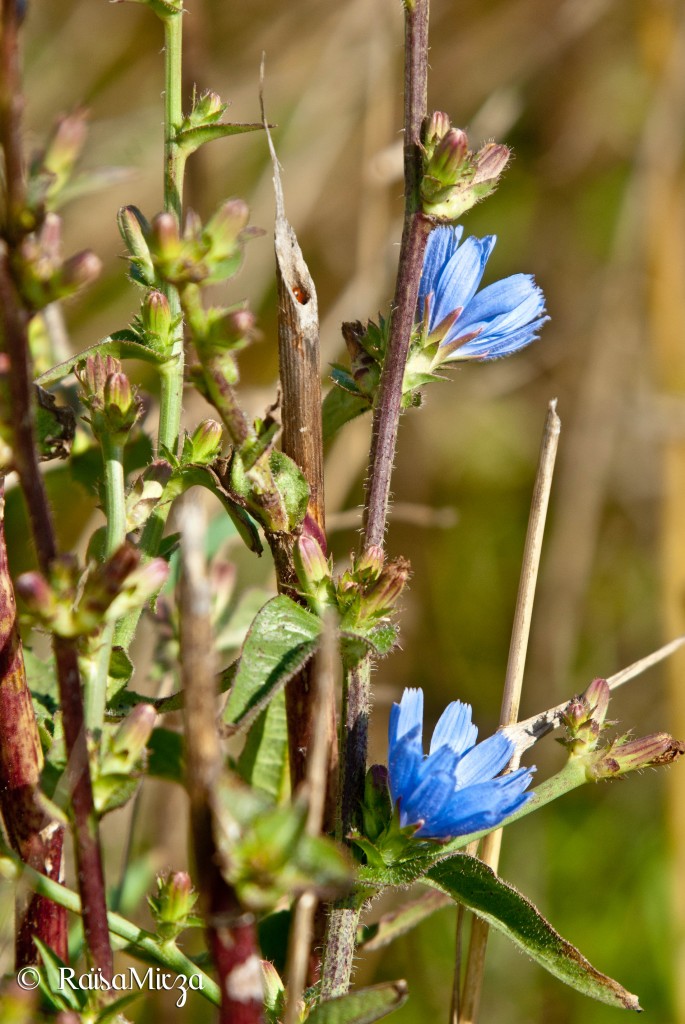from https://racerocks.ca/upkeep-day/
Neha Acharya-Patel the ecoguardian at Race Rocks identified this new species for Race Rocks in the log today. 
From Wikipedia, the classification as follows
| Scientific classification |
|
|---|---|
| Kingdom: | Plantae |
| Clade: | Tracheophytes |
| Clade: | Angiosperms |
| Clade: | Eudicots |
| Clade: | Asterids |
| Order: | Asterales |
| Family: | Asteraceae |
| Genus: | Carduus |
| Species: |
C. acanthoides
|
| Binomial name | |
| Carduus acanthoides | |
Other Angiosperms at Race Rocks.
and Image File |
 The Race Rocks taxonomy is a collaborative venture originally started with the Biology and Environmental Systems students of Lester Pearson College UWC. It now also has contributions added by Faculty, Staff, Volunteers and Observers on the remote control webcams. The Race Rocks taxonomy is a collaborative venture originally started with the Biology and Environmental Systems students of Lester Pearson College UWC. It now also has contributions added by Faculty, Staff, Volunteers and Observers on the remote control webcams. |























